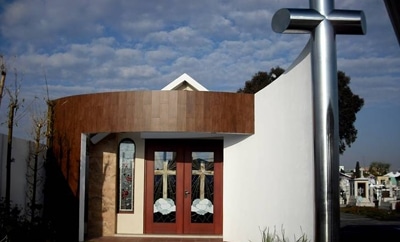Mexican officials didn’t identify Heriberto Lazcano, alias “Z-3,” until after they had killed him and his body had been stolen, in a testament to the low profile maintained by the Zetas leader.
On October 10, navy spokesperson Rear Admiral Jose Luis Vergara told local press that Lazcano had only been identified after his death, and that authorities initially believed him to be a low-level criminal.
This explains why his body and that of an accomplice were left in a funeral parlor in Progreso, Coahuila, where the shooting took place. The Coahuila state attorney general said that a group of armed men then broke into the building hours after Lazcano’s death and forced the funeral parlor’s director to drive the bodies away in a hearse.
It was only after the bodies had been snatched that police matched fingerprints and photos of one of the corpses to Lazcano, and the government announced the Zeta boss’ death.
InSight Crime Analysis
It is not altogether surprising that Lazcano was not identified until after his death. There were few known images of the Zetas boss, and the Mexican marines who killed him were responding to a tip about armed men attending a baseball game in Progreso.
A well-known Zetas commander, it was thought that Lazcano had been taking refuge overseas, with rumors that he had spent time in Guatemala, so finding him in Coahuila was unexpected. Lazca’s small entourage was also uncharacteristic for a major drug cartel leader. Officials say he was with only two accomplices when he was killed.
As InSight Crime reported in February, Lazca had prepared a lavish tomb for himself, a tacky modernist structure in Hidalgo state (see photo, above). His remains, however, do not seem to have been laid to rest there. Quinta Columna reports that the cemetery where the tomb was built had not received any requests for burials.

